ROT & Content Clean-Up: Make Your Content AI-Ready
Reduce noise. Protect users. Give AI better content to work with.
Websites, intranets, and knowledge bases accumulate redundant, outdated, and trivial (ROT) content over time. Old pages, duplicate guidance, and low-value content make it harder for people to find what they need – and increase risk when policies, services, or products change.
They also confuse AI tools. When search engines, AI assistants, and chatbots are trained on messy, conflicting content, they surface the wrong answers or amplify outdated information.
Jumping Elephants helps organizations plan and run ROT exercises that are grounded in user needs, risk, and real-world operations. We combine content audit, UX research, and service design so you know what to keep, update, consolidate, archive, or remove – and so your content is ready for both people and AI.
What we do
-
We inventory your website, intranet, or knowledge base and identify redundant, outdated, and trivial content that no longer supports user or business needs.
-
We link content to top tasks and obligations (forms, services, policies, support journeys) and prioritize changes based on risk to people, compliance, brand, and operations.
-
We use web analytics, internal search logs, and (where available) AI-search behaviour to show where content is failing: dead-end pages, confusing journeys, outdated information that still ranks highly.
-
We help you rewrite or restructure high-value content in plain language, with clear metadata and task-focused patterns that work for traditional search engines and AI-powered tools: search assistants, chatbots, and summarization.
-
We design simple checklists, workflows, and training so your teams can keep ROT under control after the initial clean-up, instead of repeating a large exercise every few years.
Why ROT matters in an AI world
Most AI tools – from public search engines to internal chatbots – are only as good as the content they can access.
Conflicting pages make it harder for AI to know which answer is correct.
Outdated guidance keeps showing up in AI-generated answers.
Trivial or low-value content adds noise and dilutes the signal from your most important pages.
A focused ROT exercise gives AI tools a cleaner, clearer knowledge base to work from, so people are more likely to see accurate, current, task-focused answers wherever they search.
When to consider a ROT exercise
A ROT and content clean-up is especially valuable when you are:
Preparing for a redesign or platform migration
Responding to new legislation, policy, or product/service changes
Getting ready for an accessibility, compliance, or quality review
Seeing increases in support calls, complaints, or misdirected traffic
Piloting or scaling AI search, chatbots, or internal assistants
What a typical engagement includes
We customize each project, but a typical ROT exercise includes:
-
Clarify goals (reduce volume, improve top tasks, support AI, prepare for audit, etc.)
Define in-scope sites, sections, and audiences
Confirm how ROT decisions align with your records, compliance, and risk frameworks ption text goes here
-
Build or refine a content inventory (URLs, titles, owners, topics, language, last updated)
Pull analytics and search data (including “no results” and high-friction queries)
Flag technical issues (broken links, missing metadata, very old content)
-
Apply Redundant / Outdated / Trivial criteria with your subject-matter experts
Map content to user tasks and business processes
Assign a simple decision: keep, update, merge, archive, or remove, with a risk level
-
A prioritized action list for your teams, with clear next steps and owners
Example rewrites that show the target state: plain language, task-focused, accessible, AI-friendly
A short, non-technical summary that supports governance, audit, and senior-level decisions
-
Lightweight governance model and review cycles
Author checklists and templates (including ROT and AI-search considerations)
Short training for content owners, approvers, and support teams
We specialize in UX, content, and service design, not just technical SEO – we understand how content decisions land in real services, support channels, and operations.
We always tie ROT decisions to risk and outcomes, not just page counts: fewer errors, fewer complaints, better task completion, and more reliable AI answers.
We design outputs (inventories, reports, checklists) your teams can actually use – in spreadsheets, intranets, design systems, and governance processes.
